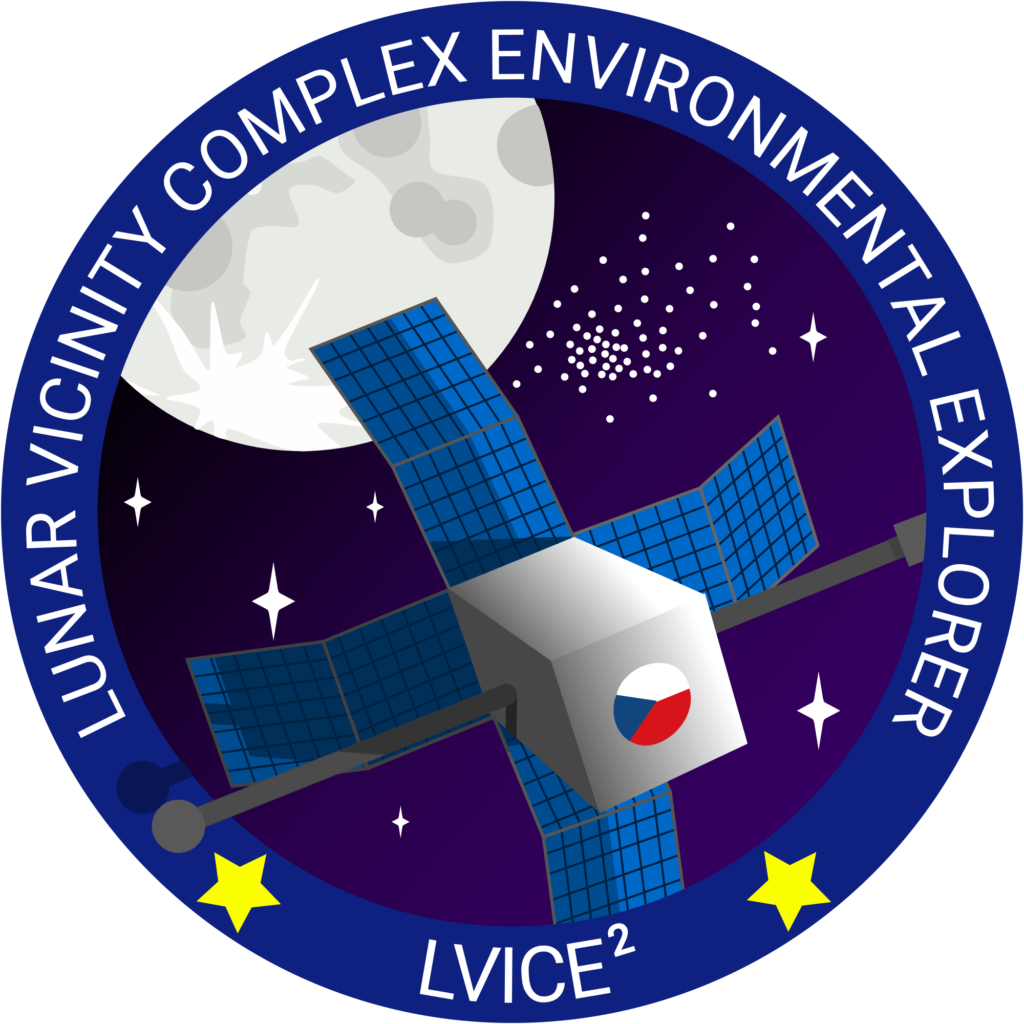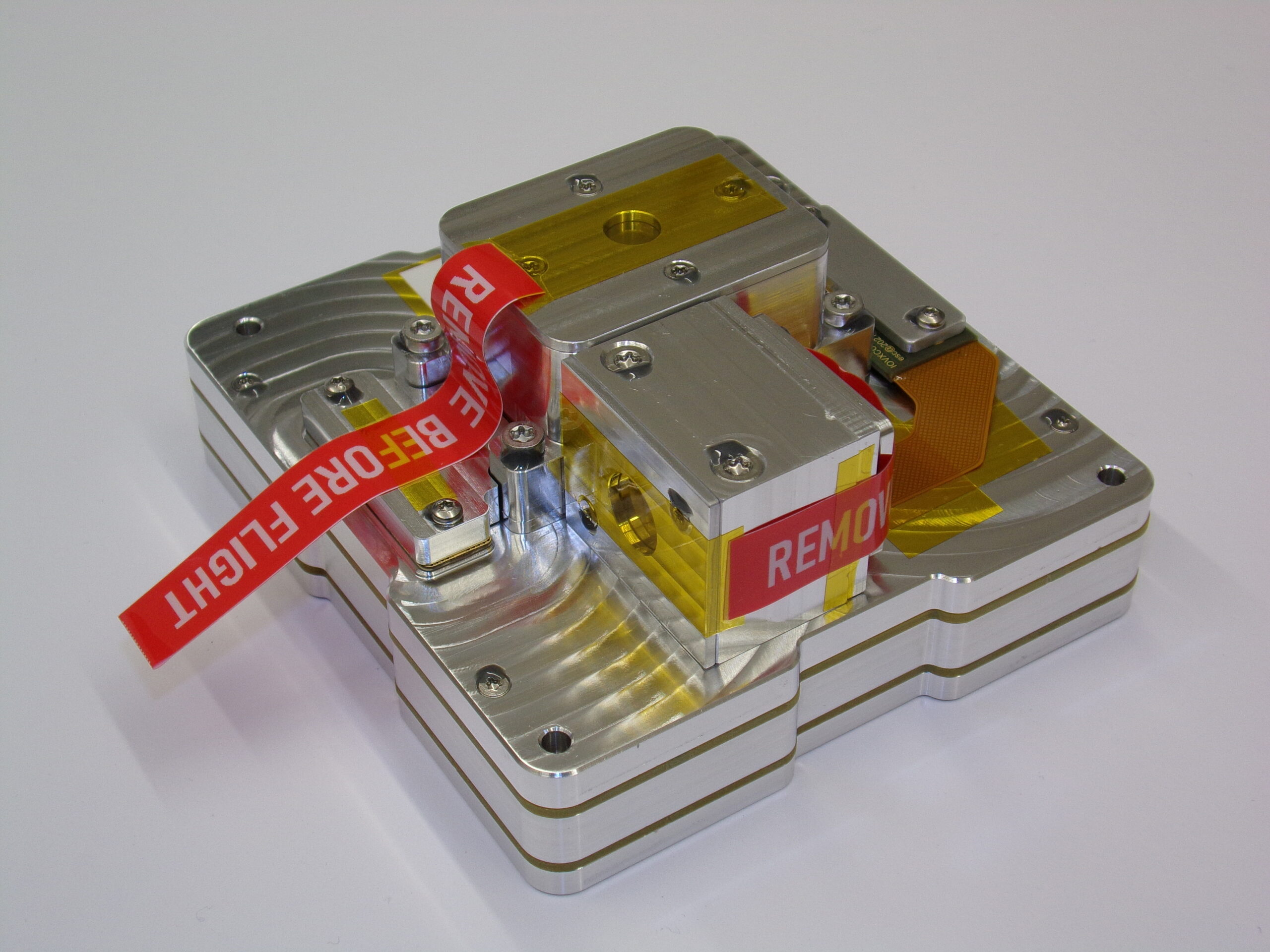A scientific satellite fully integrated in the Czech Republic will explore the Moon vicinity. The start is schedulled for 2026.
Ambitious space mission LVICE²2 with scientific instruments from the Czech Academy of Sciences, CTU and MFF UK will provide a deeper understanding of the space environment around the Moon and help plan future missions to the Solar System.
The Moon and its orbit are now becoming attractive destinations for space missions. A number of countries are planning to send research satellites and probes to the area, and NASA, in cooperation with the European Space Agency (ESA), will also start to transport astronauts to the Moon again in the near future. However, there are still many unanswered questions about the space environment around the Moon, such as radiation, plasma physics and the amount of dust particles that may affect the planning of future missions.
The proposed ambitious Czech Lunar VIcinity Complex Environmental Explorer (LVICE²) mission is designed to answer these questions2), která pokoří hned několik prvenství v historii českého zkoumání vesmíru.
Unique scientific mission
Czech academic institutions have extensive experience with scientific instruments already flying in Earth orbit. However, the assembly of an entire space probe heading to the Moon with its own scientific instruments is unprecedented in the Czech Republic and will put the Czech technical community at the forefront of development.
LVICE2 LVICE² will also be the first Czech satellite to control not only its orientation but also its orbit. Powerful engines will allow the satellite to move from lunar orbit, where it will measure solar wind turbulence, to the Lagrange points L4/L5 of the Earth-Moon system, which are being considered by the scientific community as a suitable location for future space stations. In these areas, LVICE² will2 detect the presence of dust clouds and micrometeorites, the so-called Kordylewski clouds, which are thought to occur in these locations but have never been directly confirmed.
In addition, the probe will also measure the radiation environment around the Moon during solar maximum, which will provide important data for the design of future manned missions that need to be shielded from radiation.
Consortium of Czech companies and academic institutions
The company esc Aerospace s.r.o., which has been active in the field of electronics and software development for European Space Agency satellites for almost 15 years, is behind the design, development and integration of the satellite. Its partner is Stellar exploration EU s.r.o., which will provide the satellite with the rocket propulsion essential for the trajectory change and the satellite's power supply system. The calculations of the trajectory and manoeuvres of the spacecraft will be provided by the Faculty of Mechanical Engineering (FEM) of CTU.
The Faculty of Mathematics and Physics of Charles University (FMP CU) will develop a new configuration of the Faraday Cup Analyser instrument for the mission, which, together with a magnetometer developed by the Faculty of Electrical Engineering (FEL) of CTU, will investigate the properties of the solar wind plasma and measure its turbulence around the Moon.
The Department of Radiation Dosimetry of the Institute of Nuclear Physics of the Academy of Sciences of the Czech Republic (NPI CAS) with the Faculty of Nuclear and Physical Engineering (FNSPE) of CTU will develop an instrument for measuring charged particle radiation PARDAL² (PArticle Radiation Detector At Lunar orbit and Lagrange points) for the mission. Its direct predecessor from FNSPE called Spacepix Radiation Monitor (SXRM) is mounted on the VZLUSAT-2 satellite measures radiation in low Earth orbit.
The electric and magnetic antennas of the Institute of Atmospheric Physics of the Academy of Sciences of the Czech Republic will measure the electromagnetic field in the vicinity of the probe, and the Institute will also likely provide the ground transmitting station Panská ves for communication with the probe.
A look into the future
“Czech companies and institutions already have experience with the implementation of satellites for Earth orbit. The experience of designing its own lunar probe will open up new possibilities for interesting projects in the Czech Republic and lay the foundations for further exploration of the Solar System beyond Earth orbit," said Petr Suchanek, director of esc Aerospace.
LVICE² Project2 is now in the preparation phase. Over the next 12 months, the design of the satellite itself and its orbit will be developed and test versions of the individual scientific instruments will be created. After the evaluation of the design in the Czech Republic and ESA, the probe design, production and detailed testing will take the next 2-3 years to complete. The launch is currently planned for 2026.

